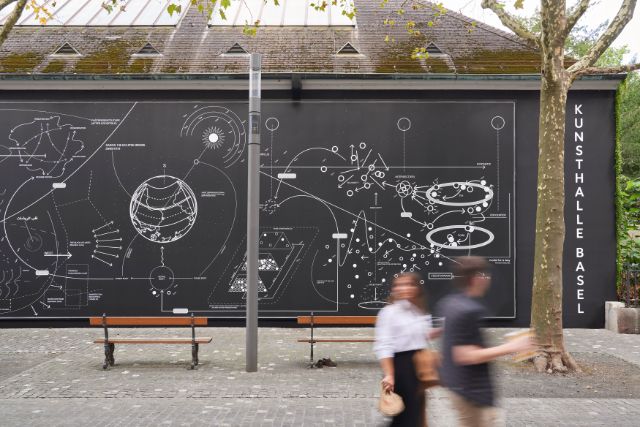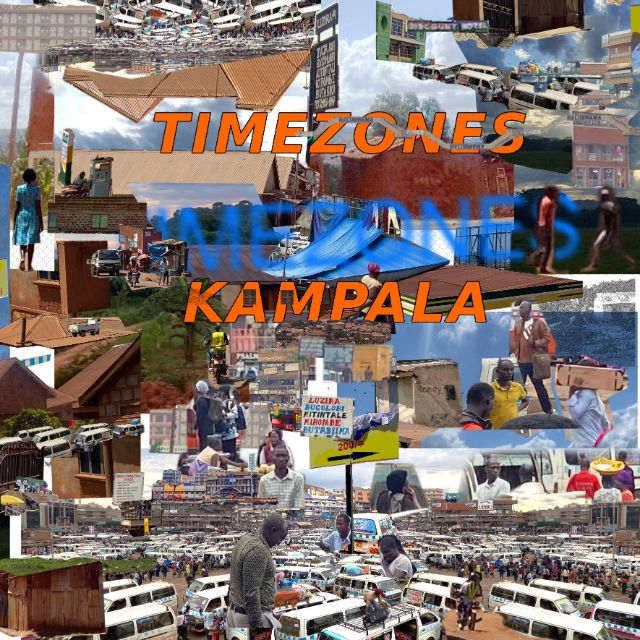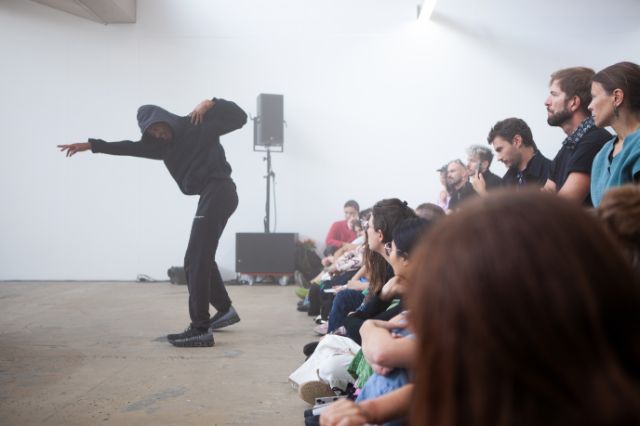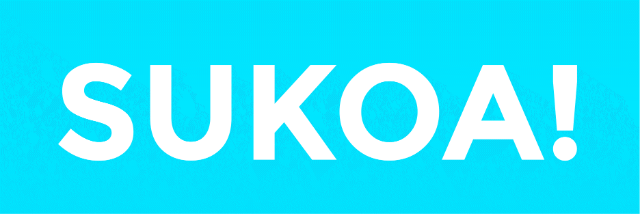
Norient TIMEZONES
TIMEZONES PODCAST-SERIE AUF RADIO X
Die Podcast-Reihe TIMEZONES erkundet die vielfältigen Realitäten von Künstler*innen und ihrer Praktiken weltweit und stellt die Frage: Was bedeutet es heute, in verschiedenen Ländern, Städten und Kontexten im Bereich Kultur und Kunst zu leben und zu arbeiten? Die Reise geht von Nairobi über Rio de Janeiro bis nach Beirut und Mount Makiling auf den Philippinen / die Ukraine und verarbeitet die Gedanken und Stimmungen der Künstler*innen, ihre sozialen, politischen und intellektuellen Realitäten und ihre(Lebens-) Philosophien zu künstlerischen Audiocollagen.
TIMEZONES spielt dabei mit Formaten und Inhalten: der Podcast bewegt sich zwischen Journalismus und Experiment, Dokumentation, Ethnografie, Fiktion, Klangkunst oder Improvisation. Georgrafische Grenzen, Zeitzonen, Genres und Praktiken sollen überschritten und mit neuen künstlerischen Formen des Austauschs, des Zuhörens und des Erzählens experimentiert werden. Gemeinsam mit lokalen Produzent*innen und Künstler*innen entstehen dabei sehr persönliche Portraits und aktuelle Geschichten aus Städten rund um den Globus, die einen sehr subjektiven Eindruck in das weltweite und aktuelle Musik-und Kunstgeschehen ermöglichen.
TIMEZONES ist ein gemeinsames Projekt des Goethe-Instituts und Norient, dem weltweiten Redaktionsnetzwerk für zeitgenössische Musik- und Medienkulturen.
Radio X ist neu als Partner mit an Bord: Als Weiterführung der im 2022 gestarteten Sendereihe airtime!, die künstlerischen Stimmen aus dem Globalen Süden und Osten Gehör verschafft, strahlen wir einmal im Monat eine Podcast-Folge aus.
26. April NAIROBI: Nairobi’s Next Generation Music Producers and Performing Artists Speak Out
24. Mai BEIRUT: Traces of a City – A Pod Poem
21. Juni RIO DE JANEIRO: Staying Creative Between Beauty and Chaos in Rio de Janeiro
19. Juli MOUNT MAKILING: Ears on/of Mount Makiling
23. August BUENOS AIRES: Relations Condensed in Practice
ENG:
The TIMEZONES podcast series plunges into the world of artists and their practices, asking: what does living and working in culture and the arts involve in different countries, cities, and contexts today? The experimental journey goes from Nairobi via Rio de Janeiro to Beirut and Mount Makiling in the Philippines/Ukraine and brings the he artists’ thoughts on their moods, their social, political, and intellectual realities and their philosophies (of life) into experimental audio collages.
The TIMEZONES podcasts run the gamut of formats and content, from straight journalism to experimental and documentary approaches, ethnography and fiction, sound art, and improvisation. The series endeavors to create new artistic forms of storytelling, listening and exchange across the boundaries of geography, time zones, genres, and practices. Together with local producers and artists, the podcast creates very personal portraits and current stories from cities around the globe, which allow a very subjective impression of the worldwide and current music and art scenes.
The Timezones Podcast Series is co-initiated and co-produced by the Goethe-Instituts and Norient, the worldwide platform and network for contemporary music and media cultures.
Radio X is now on board as a partner: As a continuation of the series airtime!, which was launched in 2022 and which makes artistic voices from the Global South and East heard, we broadcast a podcast episode once a month.
April 26, NAIROBI:
May 24, BEIRUT: Traces of a City – A Pod Poem
June 21, RIO DE JANEIRO: Staying Creative Between Beauty and Chaos in Rio de Janeiro
July 19, MOUNT MAKILING: Ears on/of Mount Makiling
August 23, BUENOS AIRES: Relations Condensed in Practice

Ein schwarzes Diagramm zur Reorientierung der Welt
Das neue Werk an der Rückwand der Kunsthalle Basel wirkt ziemlich mathematisch. Doch anstatt Sachbestände festzunageln, lässt Künstler Nolan Oswald Dennis viele (schwarze) Räume offen. Lässt Gegensätze nebeneinander stehen und schlägt ein Modell vor, welches die Welten zusammenbringt, in "a recurse 4 [3] worlds". von Mirco Kaempf
Nolan Oswald Dennis - a recurse 4 [3] worlds
Für das jährliche Aussenwandprojekt der Kunsthalle inszeniert der südafrikanische Künstler ein Diagram-ähnliches Werk mit dem Titel "a recurse 4 [3] worlds"
Das jährlich wechselnde Aussenprojekt zur Bespielung der Rückwand der Kunsthalle Basel zeigt sich die kommenden Monate komplett in schwarzem Hintergrund mit weissen, diagrammähnlichen Beschriftungen. Doch anstatt Dinge fertig zu definieren, ist der Zweck dieses Kunstwerks, zu desorientieren. Es soll Fragen aufwerfen oder, wie es im Englischen so schön heisst, den Prozess des unlearnings voranzutreiben.
Der Künstler Nolan Oswald Dennis, geboren in Sambia und derzeit in Johannesburg lebend, spielt mit der vermeintlichen Unvereinbarkeit zwischen dem dualistischen westlichen Wertesystem, und einem eher holistischen Weltverständnis. Auf 5 x 32 Metern lässt er diese beiden Weltentwürfe in einem Diagramm aufeinander zulaufen. In der Mitte der drei verschiedenen Werkteile, stehten zwei Sahara-Sonnenfinsternisse, vom 29. Mai 1919 sowie die nächste totale Sonnenfinsternis am 2. August 2027. Es sei dies eine Anlehnung dafür, die Welt nicht in Vergangenheit, Gegenwart und Zukunft zu teilen, sondern gesamthaft wahrzunehmen.
![Nolan Oswald Dennis, a recurse 4 [3] worlds, Kunsthalle Basel Rückwand, 2023, Ausstellungsansicht, Foto: Philipp Hänger / Kunsthalle Basel](/.imaging/mte/radiox-theme/small/dam/articles/23-Oktober/Nolan-Oswald-Dennis_KunsthalleBasel_2023_low_08.jpg/jcr:content/Nolan%20Oswald%20Dennis_KunsthalleBasel_2023_low_08.jpg)
When did you start using diagrams in your work and why did you decide, this is the right language for you?
I think I've always in some ways been making diagrams. I think it kind of came out of like an extension of just doodling. I mean, I studied architecture, so that's like the language. And I never felt comfortable with the language until I started using it for other means [...] the thing about diagrams is that they're all - even the most technical diagram - deeply ambiguous. It's the ambiguity that I like.
[...]
the history of diagrammatic thinking predates the kind of scientific rationalist paradigm. Diagrams are deeply spiritual. And maybe there's a kind of tension. I'm really interested in this tension between the coldness, the harsh kind of abstraction of diagrams and the inherent ambiguity. You know, they're open, they're always kind of open. Well, at least for me, that's why they're so attractive and why they get misused or appropriated because they have always this minimum opening. This minimum space that can be filled with something else.
What do you think is the mightiest number in the world?
'Three'
I would've thought you would say 'one' - but why 'three'?
This is maybe going to be a bit complicated, but I think if you think about 'one', you always think about 'two' because one is always two halves. And if you think about 'two', then that's not enough. You always need a third. So 'three' is kind of like the minimum. I guess in like some cosmic sense 'one' is the biggest number and the smallest number. But in my thinking, 'three' is the biggest number and the smallest number.
I guess we don't even know if there's more than one universe, really.
I mean, if there is one universe, then there's definitely half a universe. And if there's half a universe, then there's two universes. And if there's two universes, you need a third one because two is not enough.
Is that a mathematical rule that if there's one, there needs to be two halves?
I don't know if it's a mathematical rule, I mean, this is maybe more a response to dualism and like, binary thinking. Anything, at least in my sense, that imagines one always has like a hidden half. And it's the nature of anything that's whole that it can be separated. But three is always already separated, you know?
![Nolan Oswald Dennis, a recurse 4 [3] worlds, Kunsthalle Basel Rückwand, 2023, Ausstellungsansicht, Foto: Philipp Hänger / Kunsthalle Basel](/.imaging/mte/radiox-theme/small/dam/articles/23-Oktober/Nolan-Oswald-Dennis_KunsthalleBasel_2023_low_01.jpg/jcr:content/Nolan%20Oswald%20Dennis_KunsthalleBasel_2023_low_01.jpg)





.png/jcr:content/magnolia-medium.png)

